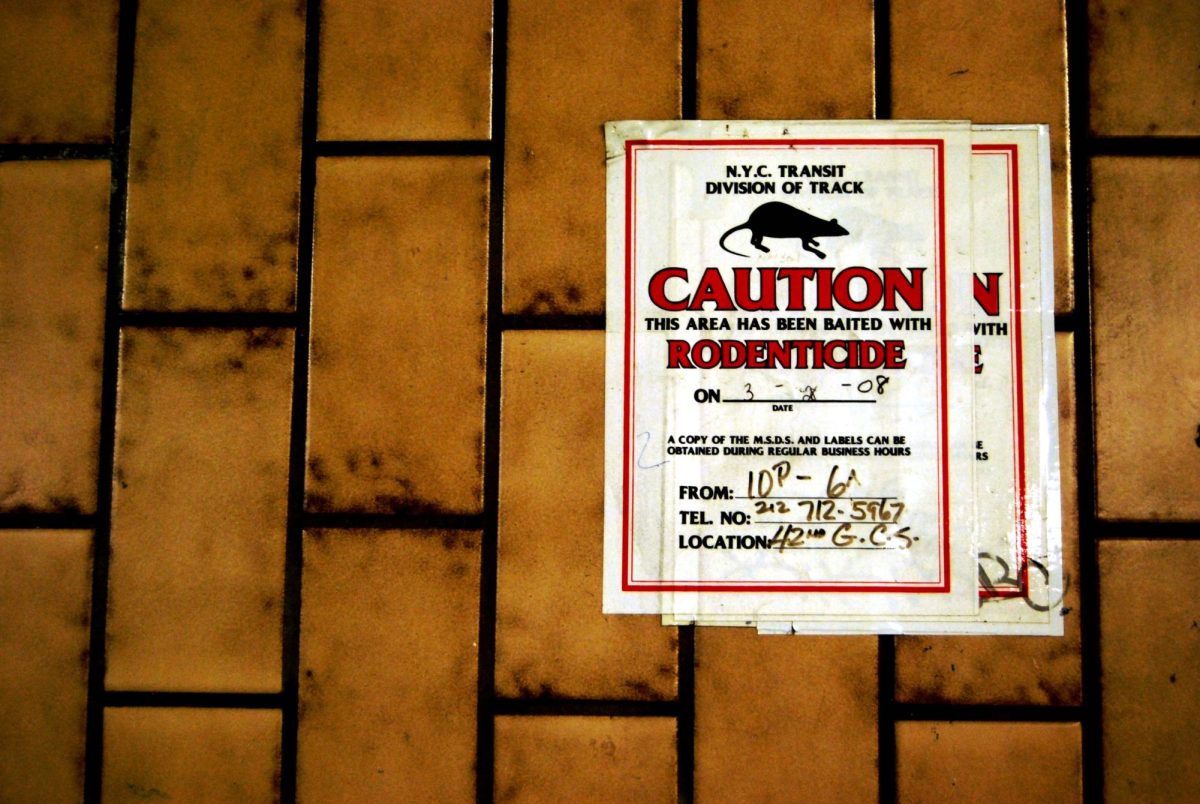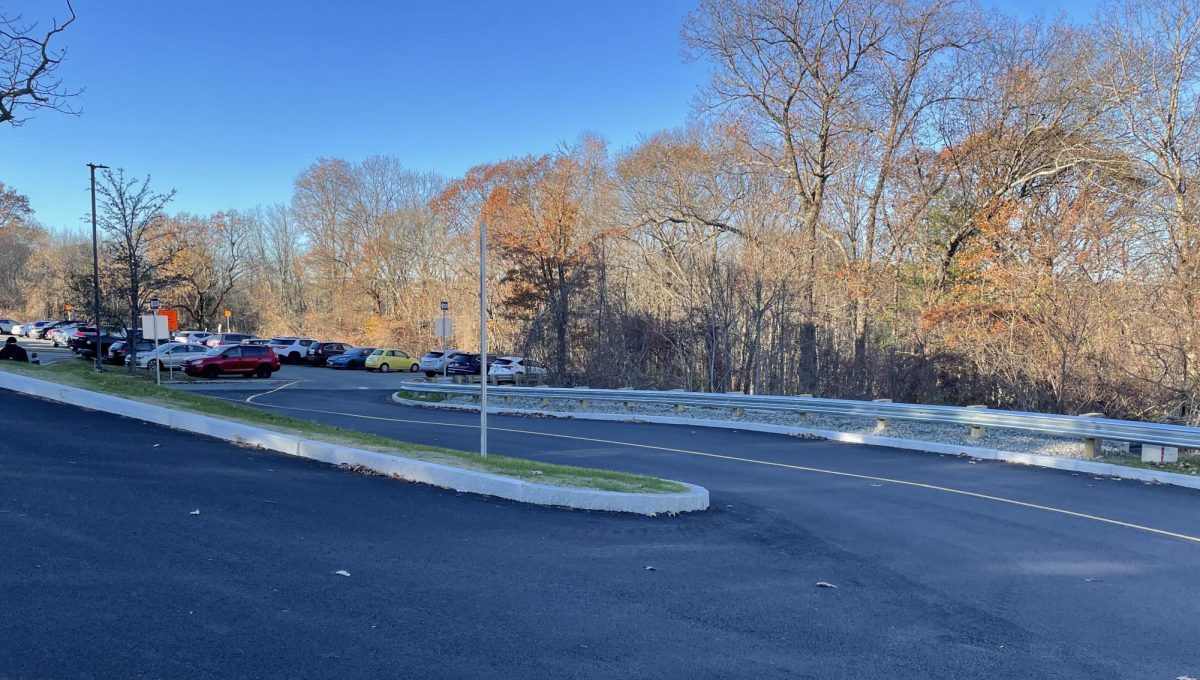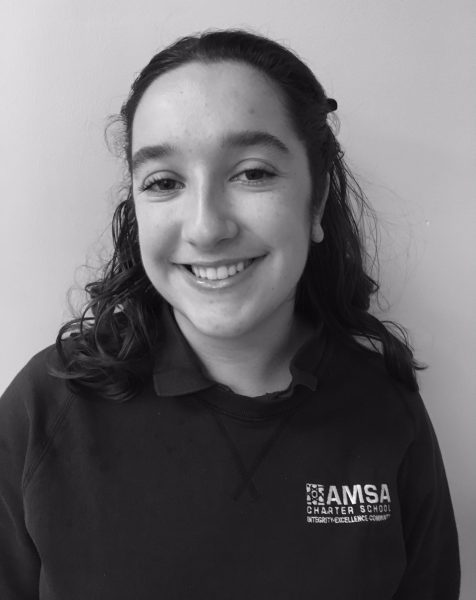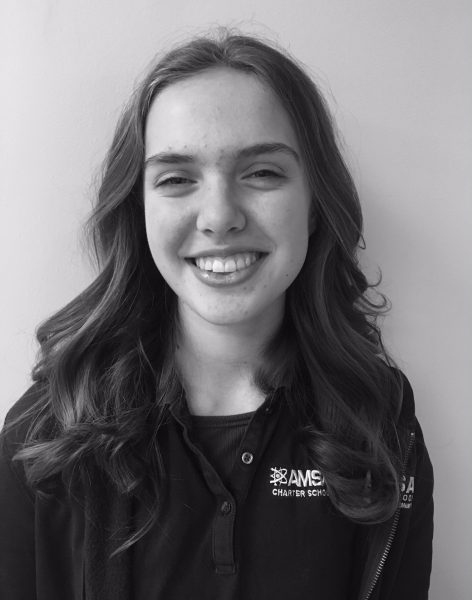More than 737 million people are affected by Seasonal Affective Disorder worldwide, according to Johns Hopkins Medicine, and the winter is a pivotal time for these people’s mental health.
SAD is a disorder in which people experience symptoms of depression during the changing of seasons. It is believed to occur because of time and light changes, such as daylight savings, in which the body creates more melatonin because it becomes dark earlier in the day. This leads people to sleep more, and in turn causes more anxiety, feelings of hopelessness, daytime drowsiness, and more.
Although it typically targets adults and women, up to 5.5 percent of children and teenagers 9-19 report experiencing symptoms, according to the American Psychiatric Association. SAD often goes unreported and is inevitably underdiagnosed or misdiagnosed, as it often aligns with other disorders.
“I don’t think it’s identified as frequently in kids as it is in adults; a lot of times a diagnosis in adults comes out because we recognize it ourselves, versus kids and parents who aren’t necessarily looking at that,” AMSA adjustment counselor Sara Pantano said.
SAD is much more than simple winter blues. It affects people’s everyday functioning, making it hard for someone to get out of bed in the morning and have the motivation to get through the day.
It can also have an impact on productivity and dynamics in the workplace. Adults suffering from SAD often show a decrease in quality of work, and they have difficulties with memory and decision making. They make more mistakes, work at a slower pace, and decrease their engagement with work tasks.
It is imperative that employers and colleagues are aware of the symptoms of SAD so that they can more easily identify it and lend help if needed. The Social Security Administration has even published tips about how to combat seasonal affective disorder in the workplace.

Fall-onset, also known as winter depression, is the most common form of SAD. This is when symptoms start in late fall and continue into the winter months. Spring-onset is incredibly rare, but still exists, and begins in late spring into summer.
Apart from increased melatonin production, serotonin levels also tend to be low during the winter, especially for those experiencing seasonal depression. When sunlight enters your eyes, it triggers cues in the brain to increase the production of serotonin. Because of the lack of sunlight, it is chemically much more difficult to feel the joy that individuals may easily experience during other parts of the year.
There are no permanent solutions to SAD, but in more severe cases, individuals may elect to participate in light therapy and/or take standard antidepressant medications with the guidance of a mental health professional. For milder cases, it is recommended to spend more time outside, but psychotherapy can be a helpful tool for anyone suffering from the disorder.
Spending more time outside is a helpful treatment, and it can have major effects on the body and mind. Just a short amount of exposure to sunlight daily increases production of serotonin, melatonin, and vitamin D. The production of melatonin as a result of natural sunlight/light therapy encourages a more balanced sleep cycle, therefore causing less drowsiness during the day.
“Get outside when it’s light. Be it a short period of time, and even if you don’t feel like it or it’s really cold, go outside for a five-minute walk,” Ms. Pantano said.
Although not getting enough sleep is an issue, getting too much can also cause more daytime exhaustion, and SAD often has that effect. Having a stable circadian rhythm helps individuals struggling with the disorder find a balance between not enough, and too much sleep.
“Common symptoms of SAD include fatigue, even with too much sleep, and weight gain associated with overeating and carbohydrate cravings. SAD symptoms can vary from mild to severe and can include many symptoms similar to major depression,” according to the American Psychiatric Association.
Although there are many forms of depression and it is nearly impossible to be able to identify all of them, SAD, as well as other forms of seasonal depression, are arguably not talked about enough.
“Seasonal affective disorder is not something we talk about a lot in regards to kids. I think we all just assume since we live in New England so we’re all grumpy, but maybe we do need to recognize that it’s a normal thing for all of us,” Ms. Pantano said.










